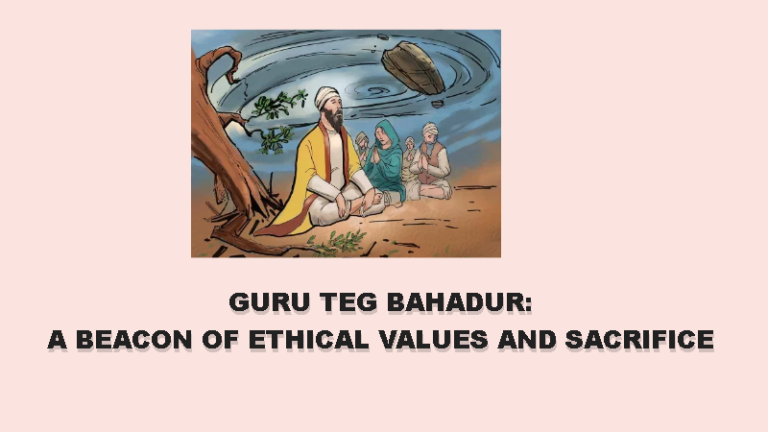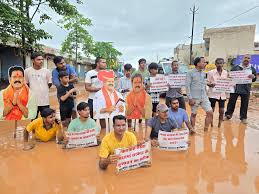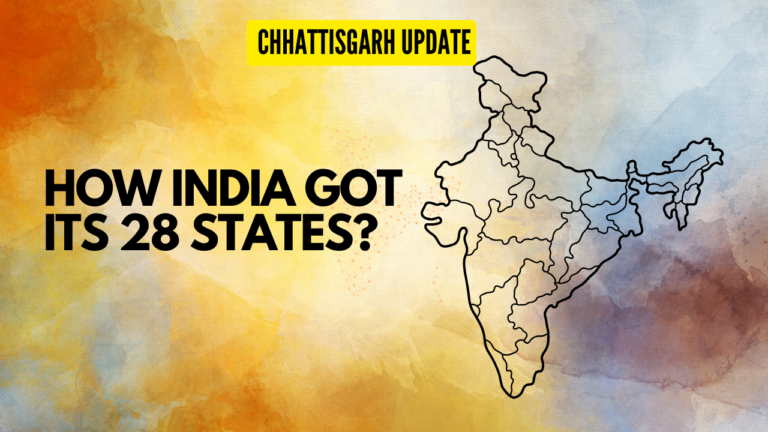**Title: Kambala Festival: A Cultural Spectacle of Coastal Karnataka**
**Introduction:**
Nestled within the vibrant cultural tapestry of coastal Karnataka, the Kambala Festival stands as a testament to the rich traditions and agricultural heritage of the region. Recently, the festival has transcended its traditional boundaries, reaching the urban landscape as Bengaluru gets ready to host its maiden Kambala. This annual buffalo race, deeply rooted in the farming community, unfolds its spectacle after the culmination of the paddy harvest, bringing together communities in a celebration that intertwines athleticism, spirituality, and a deep connection to the land.
**Origins and Tradition:**
Kambala finds its roots in the Tulu-speaking regions of South Canara districts, where it has been an integral part of the local culture for generations. The festival typically takes place between the months of November and March, aligning with the post-harvest period. It is during this time that farmers come together to pay homage to Lord Kadri Manjunatha, a revered manifestation of Lord Shiva, believed to be the harbinger of a bountiful crop.
**Cultural Significance:**
At its core, Kambala is not just a buffalo race; it is a vibrant expression of the agricultural way of life that defines coastal Karnataka. As farmers join in the festivities, adorned in traditional attire, the festival becomes a communal celebration of the toil, dedication, and resilience that define their connection to the land. The buffalo race itself is a display of the bond between the farmers and their livestock, symbolizing a shared journey of hard work and mutual dependence.
**The Race and its Dynamics:**
Kambala is synonymous with the distinctive sight of buffalo pairs charging through slush-filled tracks, guided by skilled handlers known as ‘Kambala jockeys.’ The tracks, often muddy and waterlogged, add an element of challenge and excitement to the race. The speed and agility displayed by the racing buffaloes, fueled by the rhythmic thudding of their hooves, create an electrifying atmosphere, captivating spectators and participants alike.
**Festival Evolving:**
While traditionally rooted in rural landscapes, the inclusion of Bengaluru as a host for Kambala marks a significant evolution. This expansion not only broadens the festival’s reach but also provides urban audiences with a glimpse into the cultural richness and diversity of Karnataka. As Kambala transcends its traditional boundaries, it serves as a bridge between rural traditions and urban audiences, fostering a deeper appreciation for the symbiotic relationship between agriculture and culture.
**Spiritual Undertones:**
Beyond the adrenaline-fueled races and joyous festivities, Kambala carries profound spiritual undertones. The festival’s connection to Lord Kadri Manjunatha reflects the agrarian community’s deep-rooted belief in divine blessings for a fruitful harvest. The act of racing buffaloes becomes a sacred ritual, seeking the blessings of the divine for prosperity and abundance in the coming agricultural cycle.
**Preserving Heritage:**
In the face of modernization and changing agricultural practices, Kambala becomes a crucial vehicle for preserving the cultural heritage of coastal Karnataka. As younger generations engage with the festival, they not only participate in a dynamic and thrilling event but also inherit a legacy that binds them to the traditions and values of their ancestors.
**Community Bonding:**
Kambala is more than a race; it is a catalyst for community bonding. The festival brings together farmers, families, and spectators in a shared celebration of their cultural identity. The camaraderie forged during Kambala extends beyond the racing tracks, fostering a sense of community that transcends individual differences and underscores the collective spirit of the region.
**Conclusion:**
In essence, the Kambala Festival is a captivating blend of tradition, athleticism, and spirituality. As Bengaluru prepares to host its inaugural Kambala, the festival’s expansion beyond its rural roots heralds a new chapter in its journey. From the slushy tracks of coastal Karnataka to the urban landscapes, Kambala continues to weave a narrative that resonates with the heart of the region—its people, their connection to the land, and the timeless traditions that bind them together.






